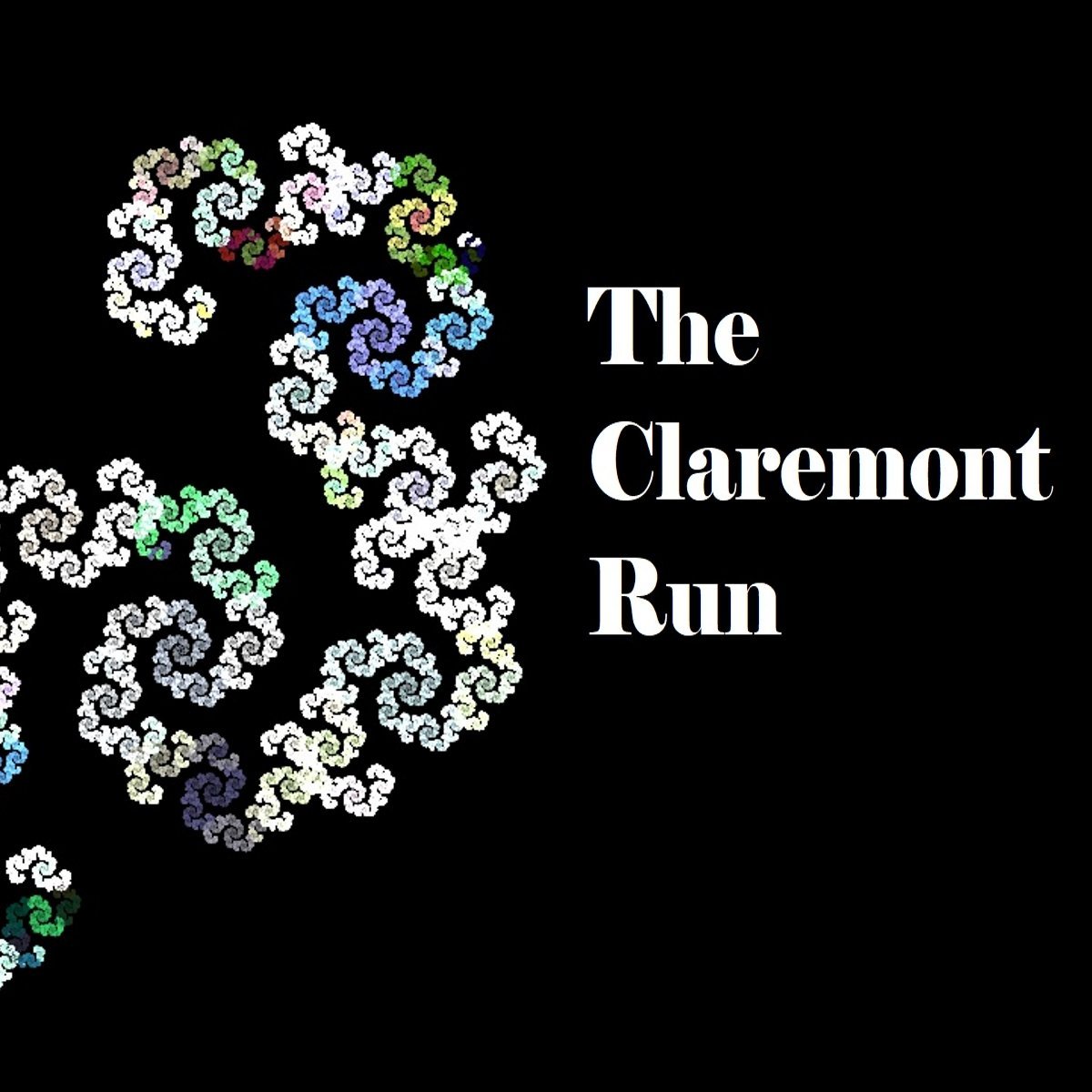With Cannonball, McLeod made the decision to have his legs literally disappear when he’s blasting (by which I obviously mean blastin’). It’s a simple, but very surreal choice that establishes through visual metaphor the synergy between Sam’s body and his eruptions. 2/7
“The double embrace unifies the previously rent identities depicted in the famous cover image to X-Men #101, joining categories of male and female, black and white, while bridging the gap between liberal and cultural feminist worldviews embodied by Storm and Jean.” 2/3
Through this pedgagogical theme, New Mutants adds a secondary internal melodrama surrounding those entrusted with their education and upbringing. It’s an especially fun dynamic to revisit when re-reading the series as an adult. 10/10
Dani comes to the school a bit headstrong, but already quite capable as both a leader of the team and as the protagonist of the series. X has to build trust with her and mentor her in the use of her telepathic powers, but she immediately takes on a leadership role. 4/10
C describes as "surprisingly and intensely personal ones for me as a writer. I was getting into the characters’ heads and souls with a focus that often wasn’t available in the regular book, and doing so with a perspective of better than a decade’s worth of work on the title.” 2/5
Along the way, Sam reflects on his family obligations, the socio-economic dynamics of Kentucky life, and even the cultural codes that define how he’s allowed to express himself (through which Claremont shows an awareness of the concept of code-switching). 6/8
Sam’s sense of values and family devotion quickly become more than just a folksy stereotype; they become key attributes of his leadership ability - something that he provides to the team as a whole through direct mentorship and through leading by example. 3/8
In pursuing Proteus, she’s forced to come to terms with her sins as both a mother and as a scientist – thus revealing to both herself and the reader exactly what Moira has done to ‘offend the Gods.’ 7/7
One example would be her hatred for Illyana (another queer-coded character) as a tool through which Rahne projects her own self-hatred and through which she tries to control her own self-definition. By rejecting Illyana, she pretends she can reject her own queerness. 6/8
Rahne’s contentious relationship with her fundamentalist upbringing is a big part of her queer-coding, but so too is her power-set, as Werewolfism has long been used to symbolize libidinous desires in conflict with conformity to civilized society. 4/8











